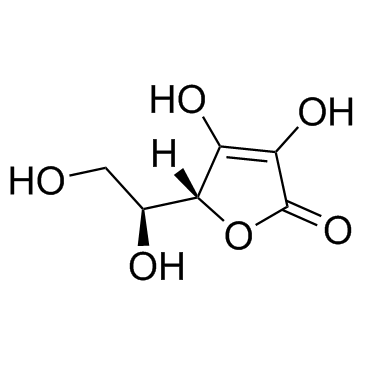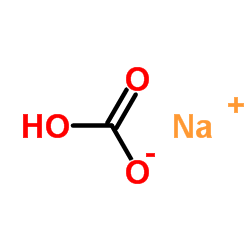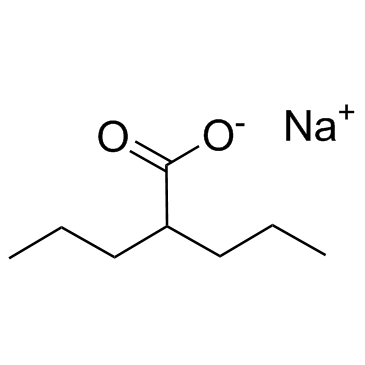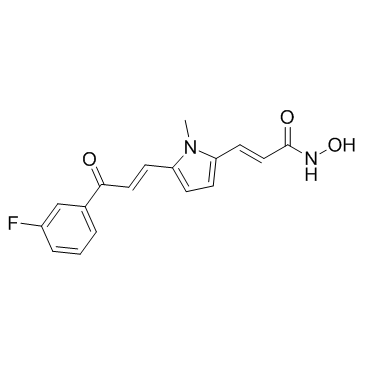| Structure | Name/CAS No. | Articles |
|---|---|---|
 |
Ascorbic acid
CAS:50-81-7 |
|
 |
Dimethyl sulfoxide
CAS:67-68-5 |
|
 |
SodiuM bicarbonate
CAS:144-55-8 |
|
 |
HEPES
CAS:7365-45-9 |
|
 |
Sodium 2-propylpentanoate
CAS:1069-66-5 |
|
 |
MC1568
CAS:852475-26-4 |